2 products
-
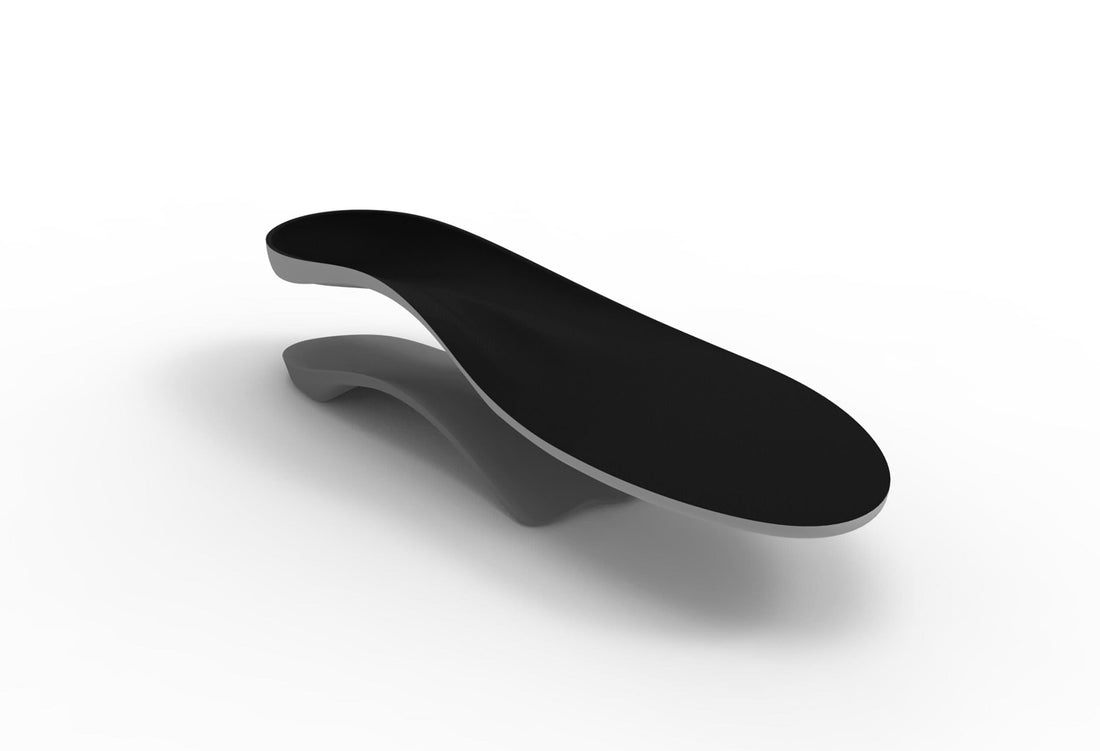
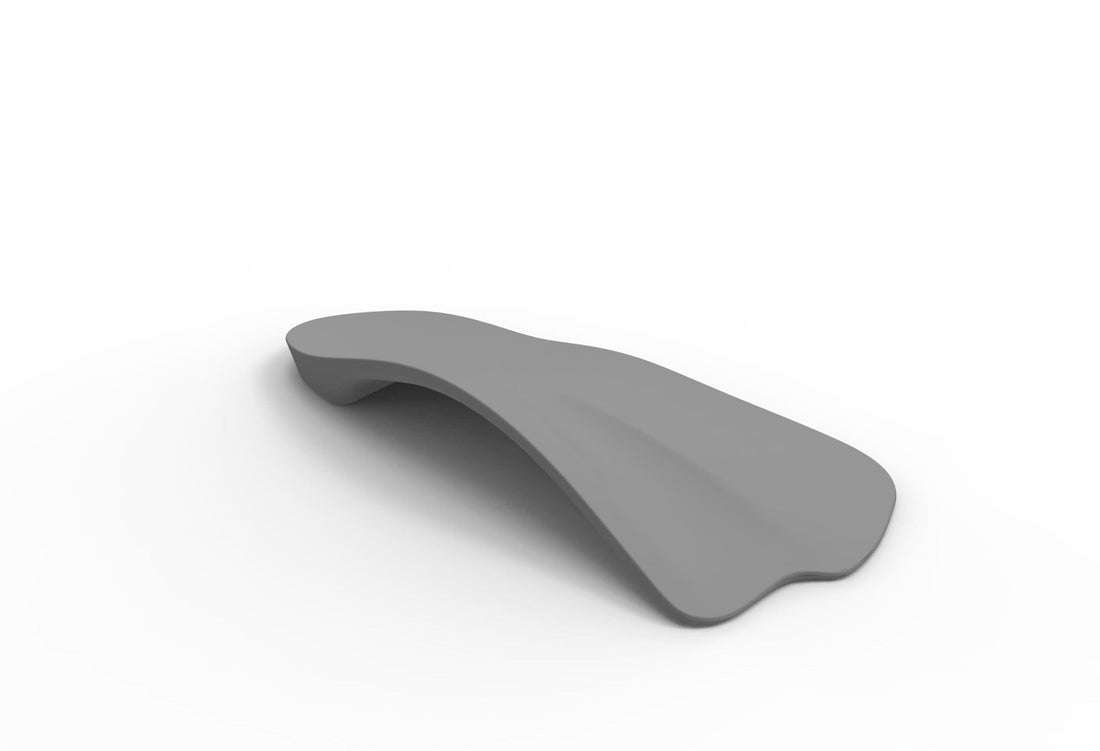 Model P for PainModel P for Pain
Model P for PainModel P for Pain- Regular price
-
$85.00 AUD - Regular price
-
- Sale price
-
$85.00 AUD
Quick view
-
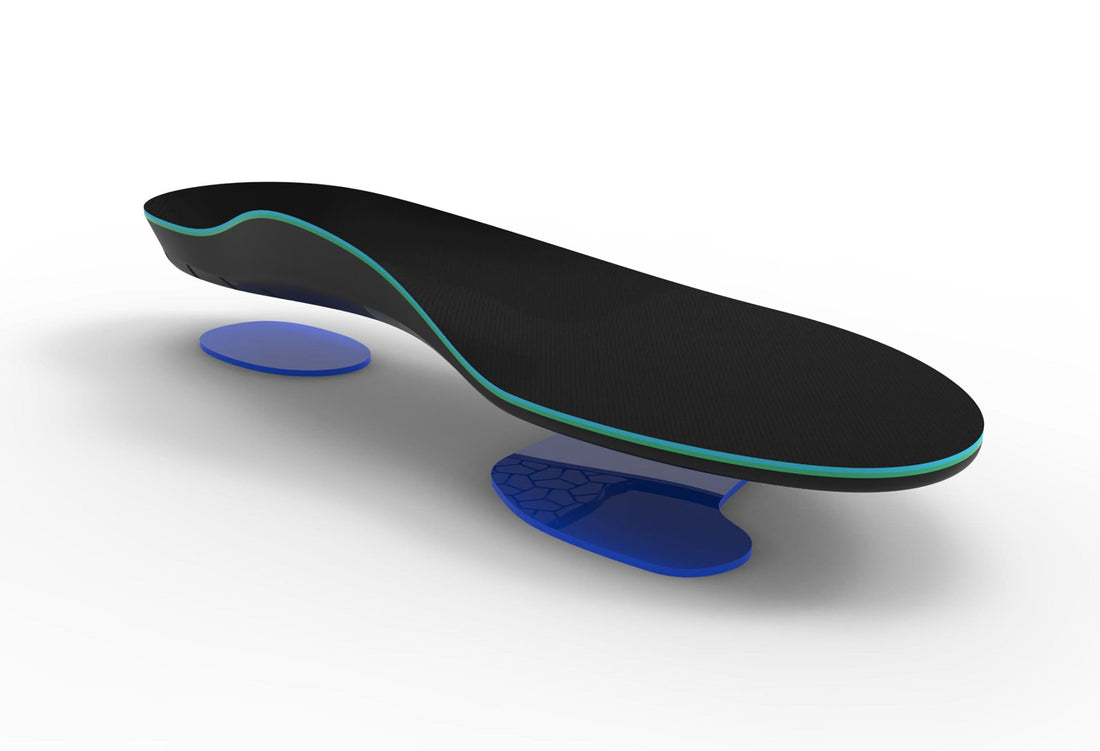
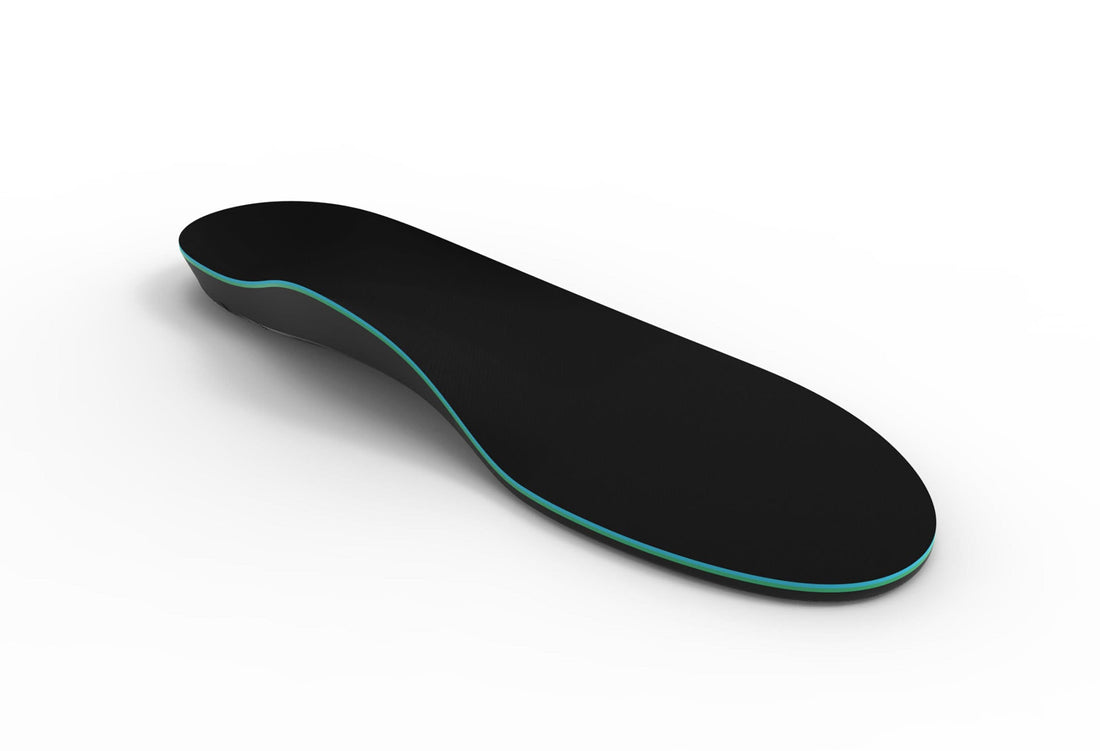 Model C for ComfortModel C for Comfort
Model C for ComfortModel C for Comfort- Regular price
-
$65.00 AUD - Regular price
-
- Sale price
-
$65.00 AUD
Quick view
Unsure which insole to choose?
Use our Insole Finder to find the best insole for your feet.
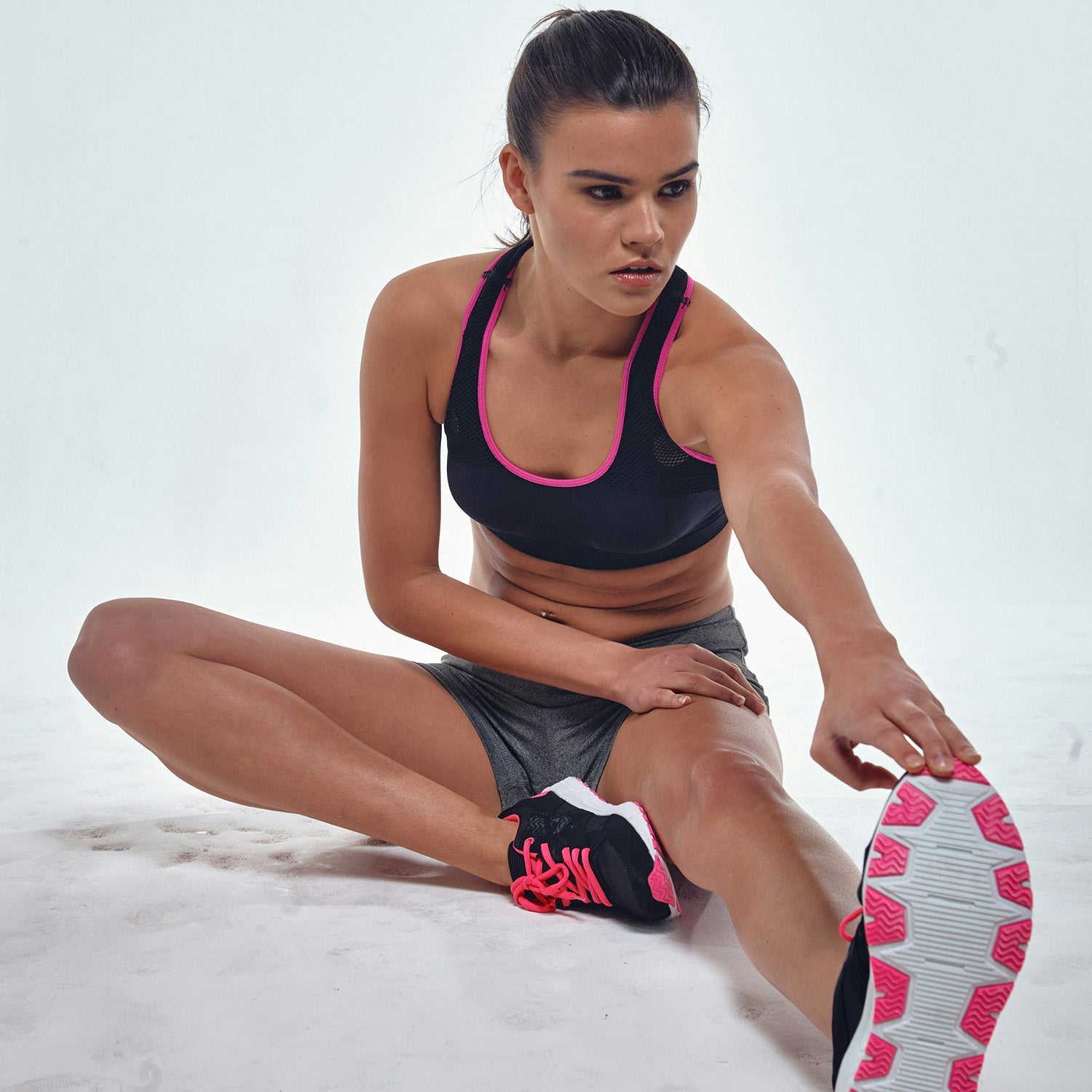
Understanding Achilles Tendonitis: Causes and Symptoms
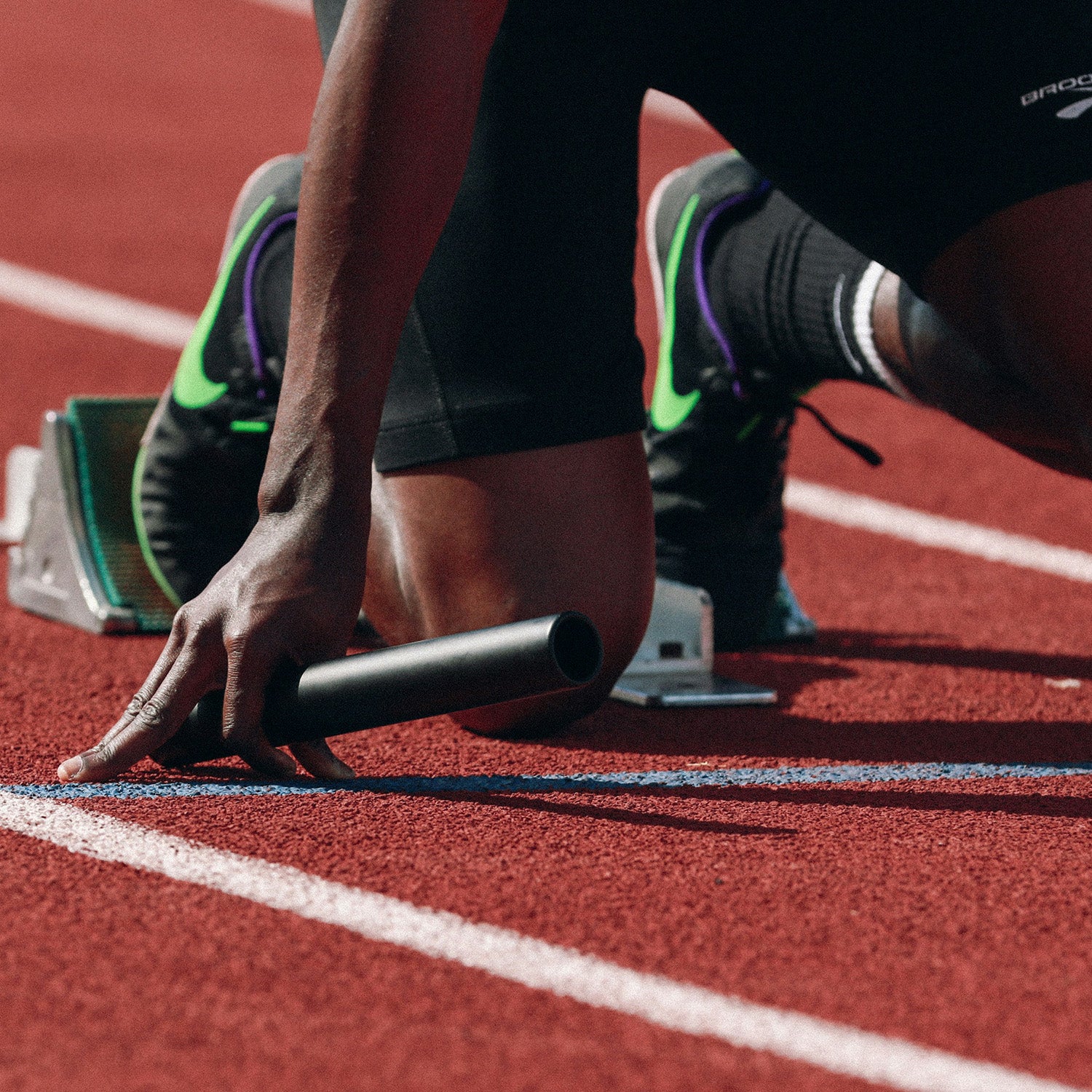
Preventing Achilles Tendonitis Flare-Ups: Proactive Measures for Long-Term Relief

Achilles Tendonitis Pain Relief with Orthotics: A Comprehensive Approach
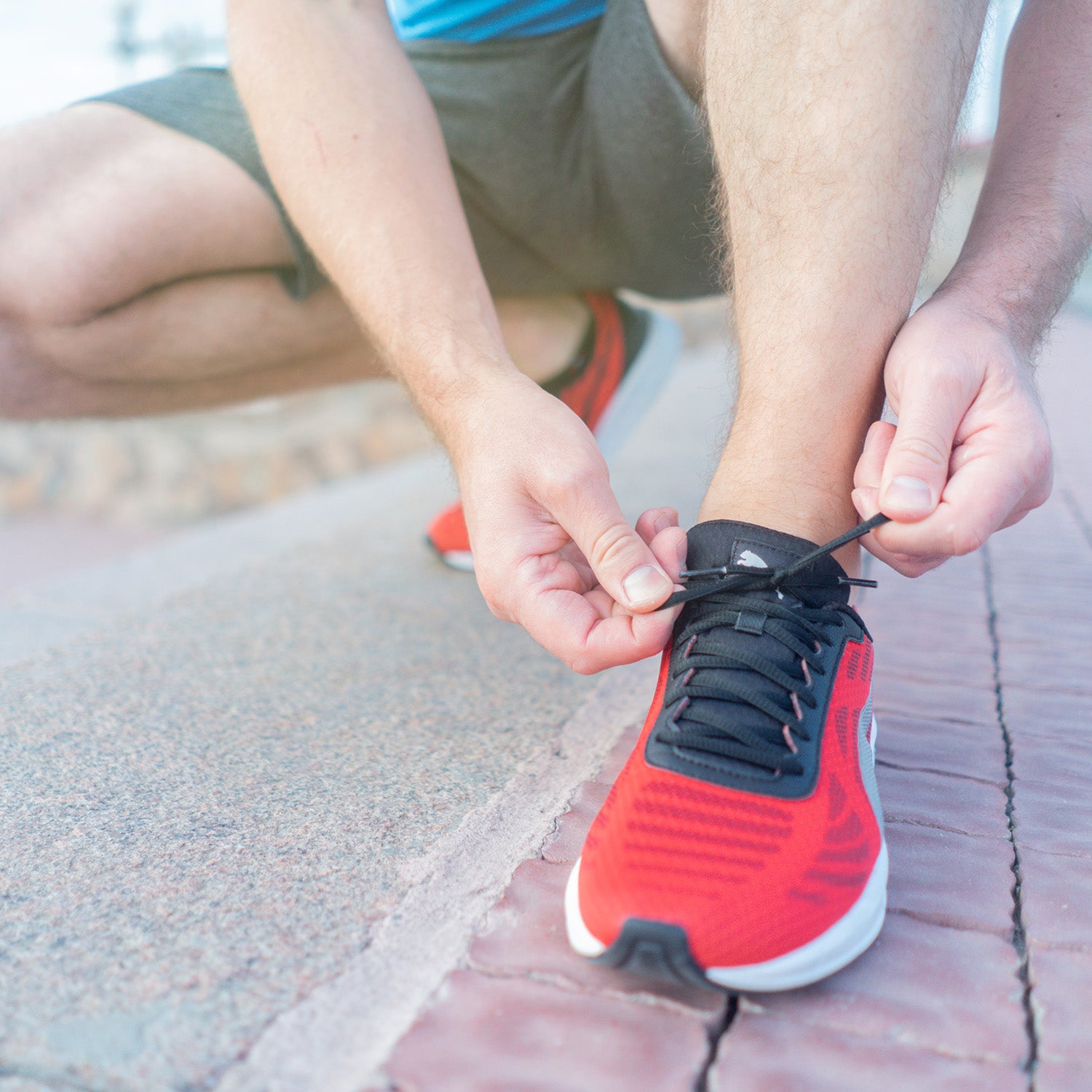
Embrace the Advantages of Orthotics for Achilles Tendonitis Pain Relief
Compare insoles
| Support | Comfort | Fit to Shoe | Warranty | More details | |
|---|---|---|---|---|---|
|
MODEL P Ultimate pain relief |
9/10 | 7/10 | 9/10 | 5YR | Shop Model P |
|
MODEL C Ultimate cushioning, padding and shock absorption |
7/10 | 7/10 | 8/10 | 1YR | Shop Model C |
|
MODEL S Train longer, prevent injuries and soreness |
5/10 | 8/10 | 10/10 | 5YR | Shop Model S |
|
MODEL SF Made for tight, slim shoes |
5/10 | 8/10 | 10/10 | 5YR | Shop Model SF |
Archilles FAQs
How Are Custom Shoe Soles Made for Specific Foot Shapes?
Interpod’s shoe soles are just like expensive custom orthotics, both are designed to provide the minimal support needed to maximize comfort while reducing your aches and pains. Interpod soles are designed to resist excessive forces of pronation (inward rolling) or supination (outward rolling). They decrease strain in the muscles, tendons, ligaments, and even bones, supporting your body during movement or long periods of standing. Interpod’s custom-like shoe soles, backed by MHRA certification, ensure medical-grade quality for customers. Explore Interpod’s various levels of insole support options and experience the difference of tailored comfort.
What is the Achilles Tendon?
What Causes Achilles Tendonitis?
Why do Achilles injuries take so long to heal?
What is Tendinopathy?
Can weak muscles in the hip or legs have an effect on Achilles function?
How is foot pronation and over-pronation is related to Achilles Pain?
Can Orthotics Help with Achilles Tendonitis?





